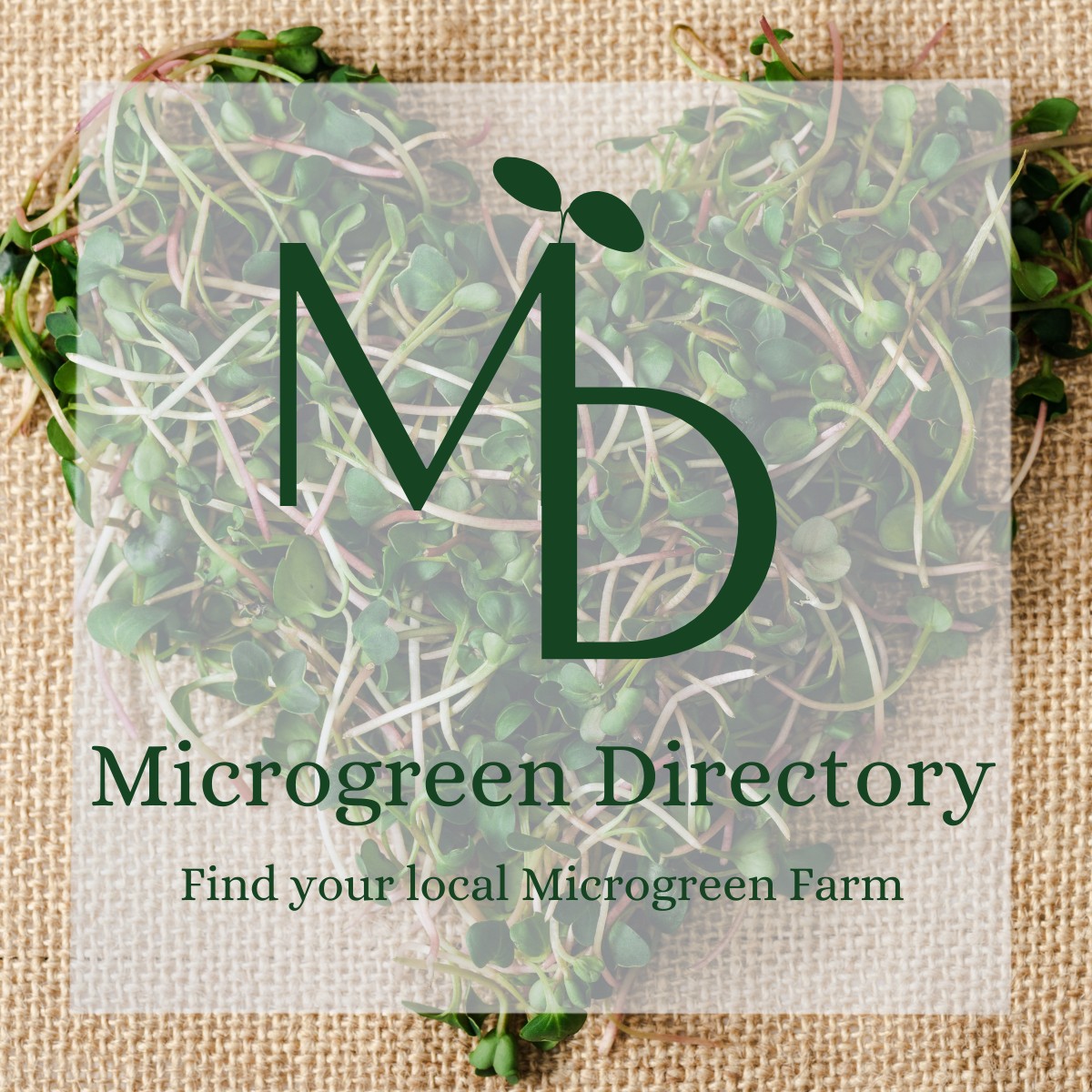We were lucky to catch up with Mindi Lovell recently and have shared our conversation below.
Mindi, thanks for taking the time to share your stories with us today Almost every entrepreneur we know has considered donating a portion of their sales to an organization or cause – how did you make the decision of whether to donate? We’d love to hear the backstory if you’re open to sharing the details.
Join us in our October fundraiser for Libby’s Legacy Breast Cancer Foundation- for their Microgreen Program. Libby’s Legacy Microgreen Program grows and delivers microgreens to breast cancer survivors. They also teach survivors how to grow their own microgreens. The goals for our fundraiser are to raise enough money to sponsor one of these classes, to help with delivery fees, and to help with additional supplies to keep the program running. On top of the donations we receive, a portion of our proceeds for the month of October is going towards this fundraiser.
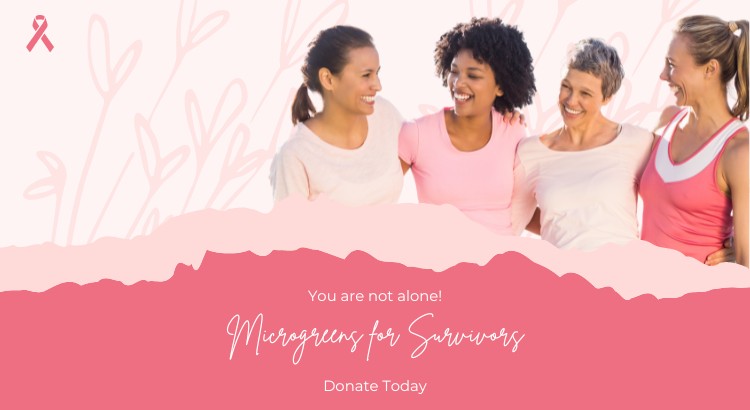


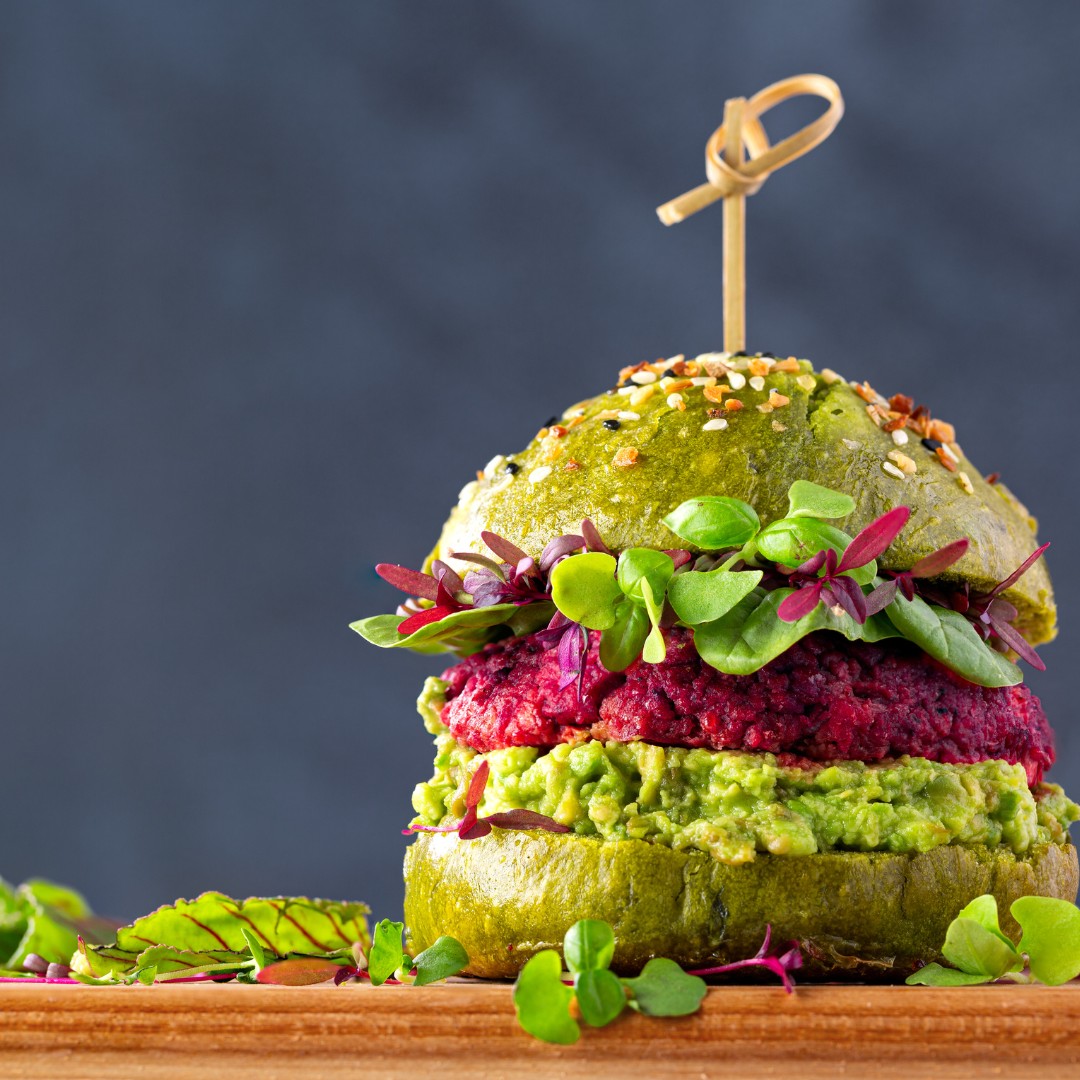
Great, appreciate you sharing that with us. Before we ask you to share more of your insights, can you take a moment to introduce yourself and how you got to where you are today to our readers
Microgreens are usually seen as a garnish, used at a fancy restaurants. They are the little plants on your plate, similar to parsley. The most well-known microgreen is pea shoots. These little plants are mature plants harvested early in life around 7-21 days old. There are over 75 different types of microgreens but the most common ones are broccoli, radish, peas, kale, and sunflower. Each microgreen has its own unique flavor profile making them fun to experiment with different types of food. Microgreens are best found locally for their short shelf life, sometimes you can find them at your local farmers market or grocery store. But we have an easier way to find your local microgreen farm.
Microgreen Directory is a resource that allows anyone searching for microgreens to find their local microgreen farm. Visitors can eat healthily and support a local neighbor. Working with Libby’s Legacy, we want everyone to have access to fresh local produce all year long. Even though our farms are individually owned, most offer subscriptions and home delivery. They are making it easier for the immunocompromised, busy moms, working dads, famous chefs, and anyone who eats to have a steady supply of fresh, nutritious greens.
How to use our website: First, enter your zip code on our homepage. Hit search, and your closest local microgreen farms will appear. Then you can browse the farms; once you find a farm near you, click on it and read more about them on their profile page. It’s here that you can send them a message on site or go to their website to view their offerings.
Microgreen farms are appearing in more cities because of their short growing time and ability to grow indoors year-round. The state of Florida alone has over 300 farms that offer microgreens. Even though microgreens are becoming more common, it can be hard to find individual farms in your area. New farms may not have the funds to advertise. That’s where we help. Farmers come and list their microgreen farm on our site. Anyone searching for microgreens can come to us and find them.
Our mission is to support all microgreen farms mainly we use our directory to fill the disconnect between growing microgreens and finding their first customers to keep their farm in business. Anyone can use our site at any time at home, while traveling, or taking a Thanksgiving trip? Find a microgreen farm nearby to ensure there is some greens on the table. Visit our website today and find your local microgreen farm and ask them all your microgreen questions.
What else should we know about how you took your side hustle and scaled it up into what it is today?
We started in the microgreens world by running our own microgreen farm. We sold at farmer’s markets, found restaurants, and struggled to make a name for ourselves in a world that hadn’t even heard of microgreens. Finding paying customers was gold. Landing a client was a big deal. Our social media and website both listed our location, but we would get messages asking if we knew of any farms in a different city, different state. Unfortunately, we had no connection with these other farms. We felt terrible there were people out there seeking microgreens and couldn’t find them. Somewhere out there, a farm was missing out on a significant lead and there was nothing I could do. This turned on the lightbulb for a microgreen directory. It wasn’t our original intention to start this directory. We thought we would be growing our microgreen business and seeking out restaurants to pay the bills for the next several years. But the pull to help connect microgreen seekers with local microgreen farmers was too strong. Our microgreen farm was just the starting point for our microgreen business. It has since become something bigger and more fulfilling than I had ever planned.
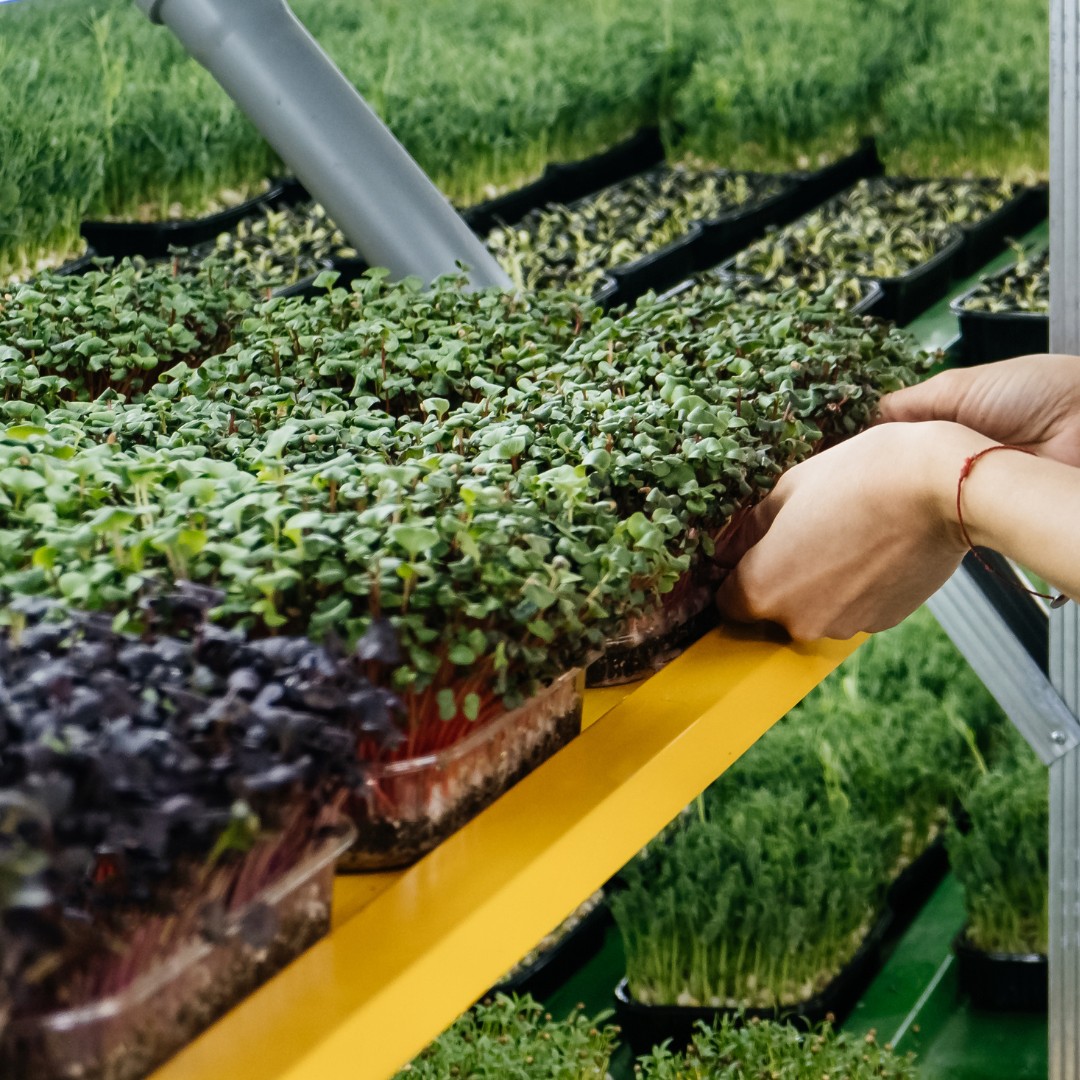

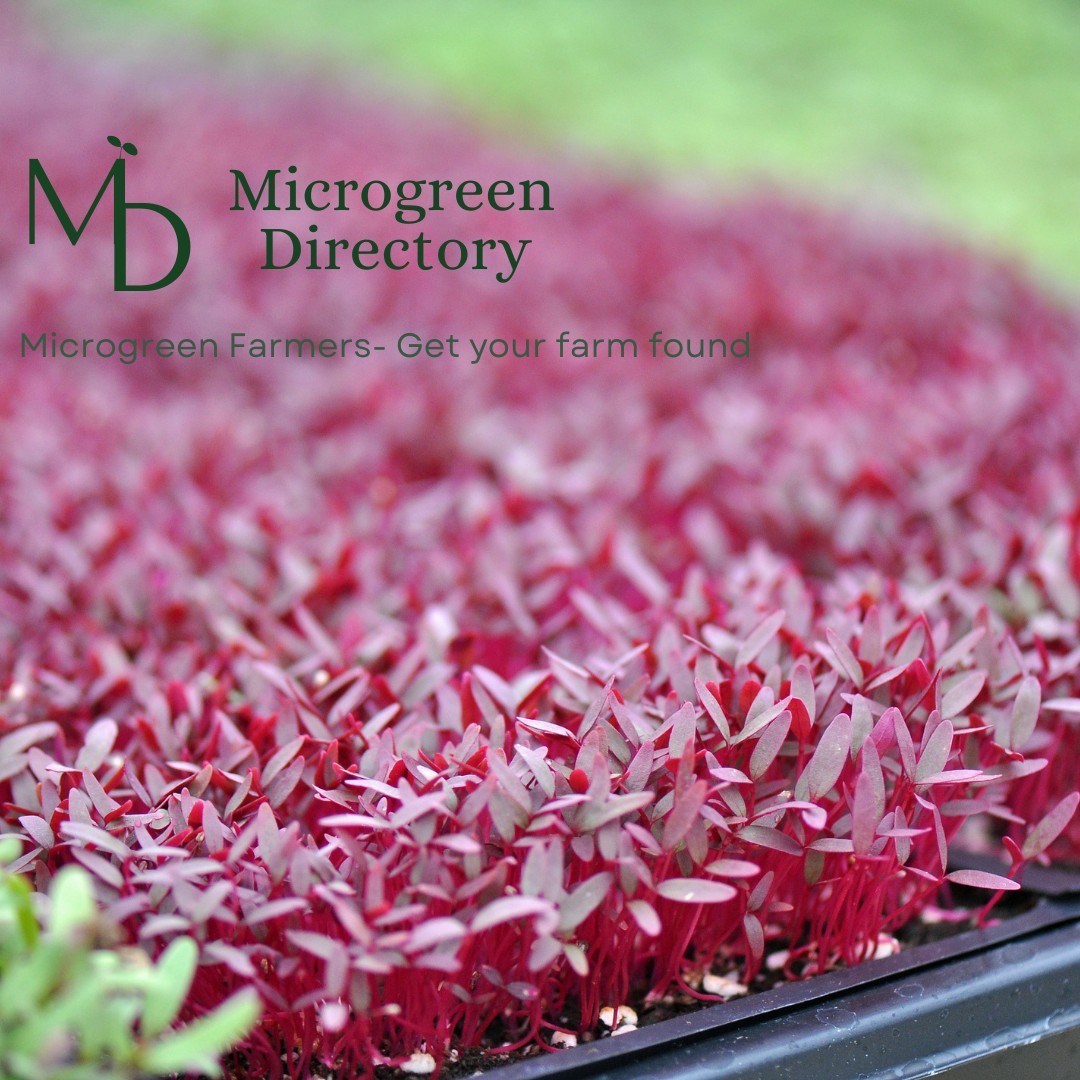
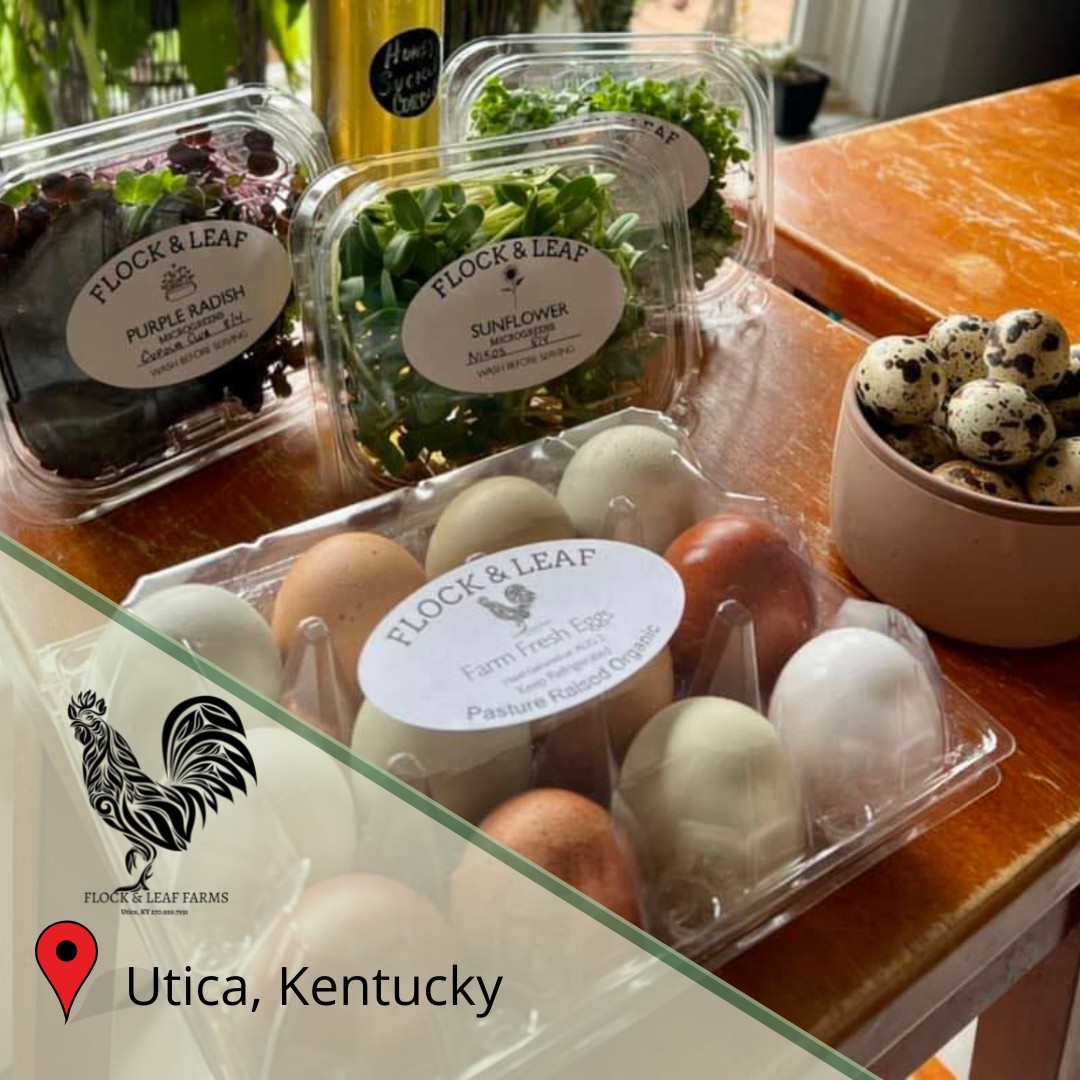
Can you tell us about what’s worked well for you in terms of growing your clientele?
The most effective strategy for finding microgreen farms to populate our directory has been to contact them individually. We search each state individually and find all the microgreen farms we can and message them telling them about our website and how it can benefit them. Most farms have been receptive to our directory and have agreed to join. It helps that we have a free tier that allows all farms to get on our map. Once we had several farms listed on our directory we started our Instagram channel where we have more creativity showing off our directory and farms are coming to us and signing up on their own.
Contact Info:
- Website: https://www.microgreen.directory
- Instagram: https://www.instagram.com/microgreen.directory
- Facebook: https://www.facebook.com/MicrogreenD
- Linkedin: https://www.linkedin.com/in/mindi-lovell-970bb9239/
- Twitter: https://twitter.com/MicrogreenD
- Other: Fundraiser Microgreens for Survivors: https://gofund.me/bd8b7a81


